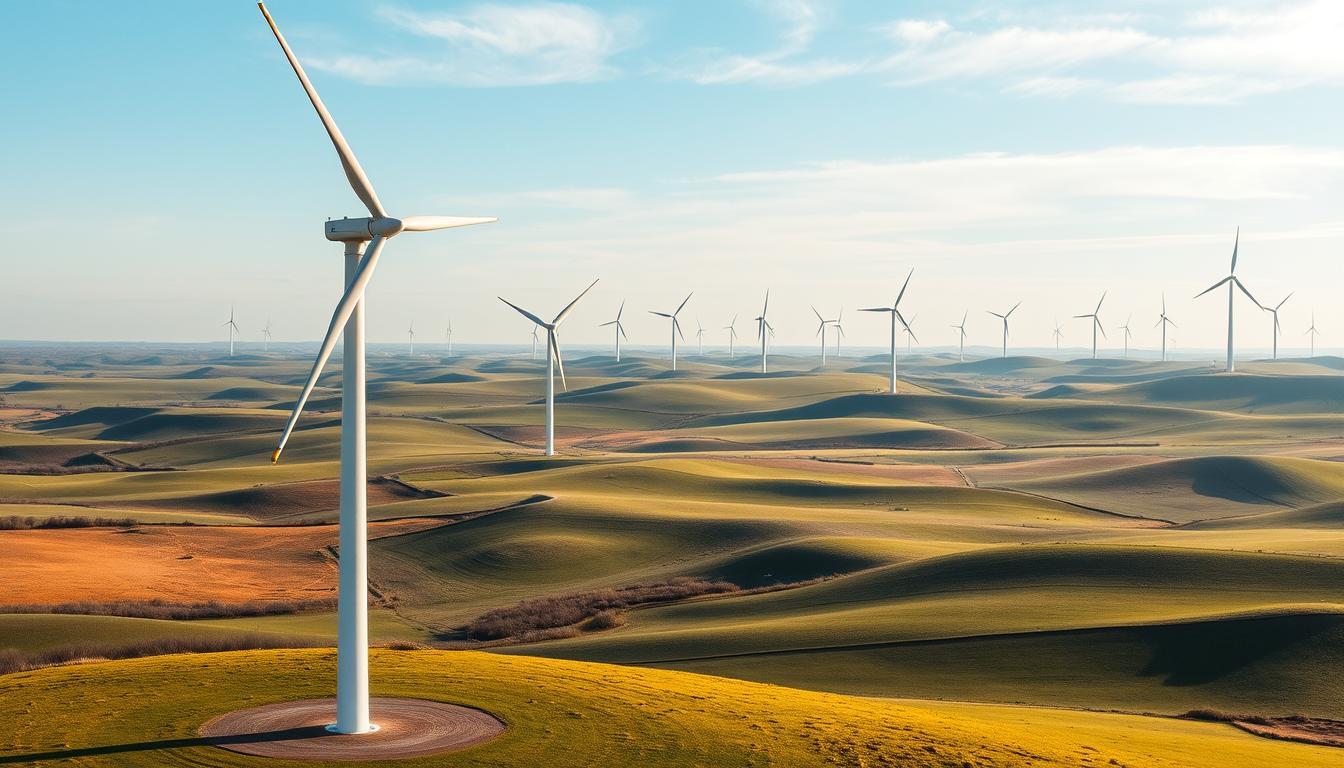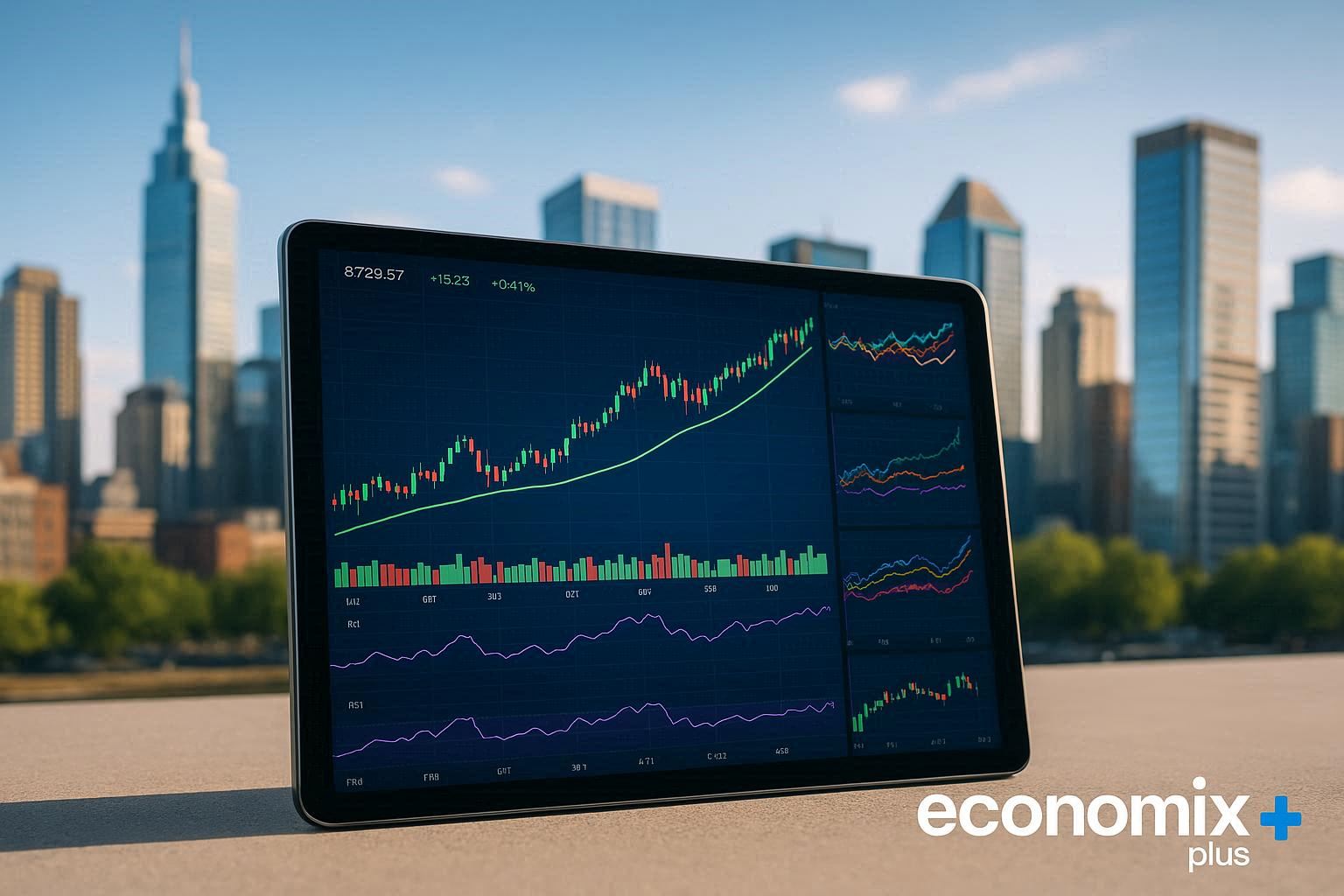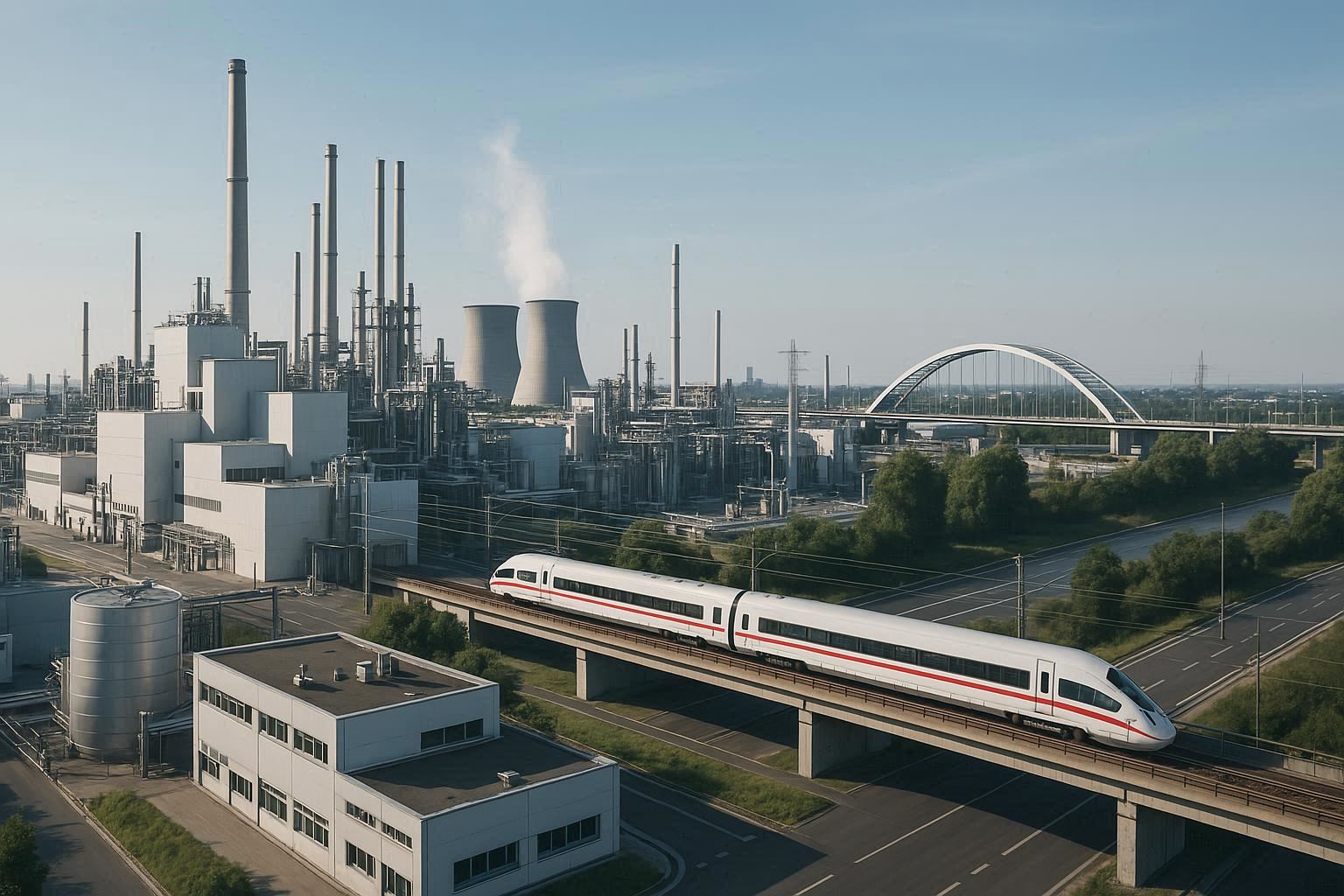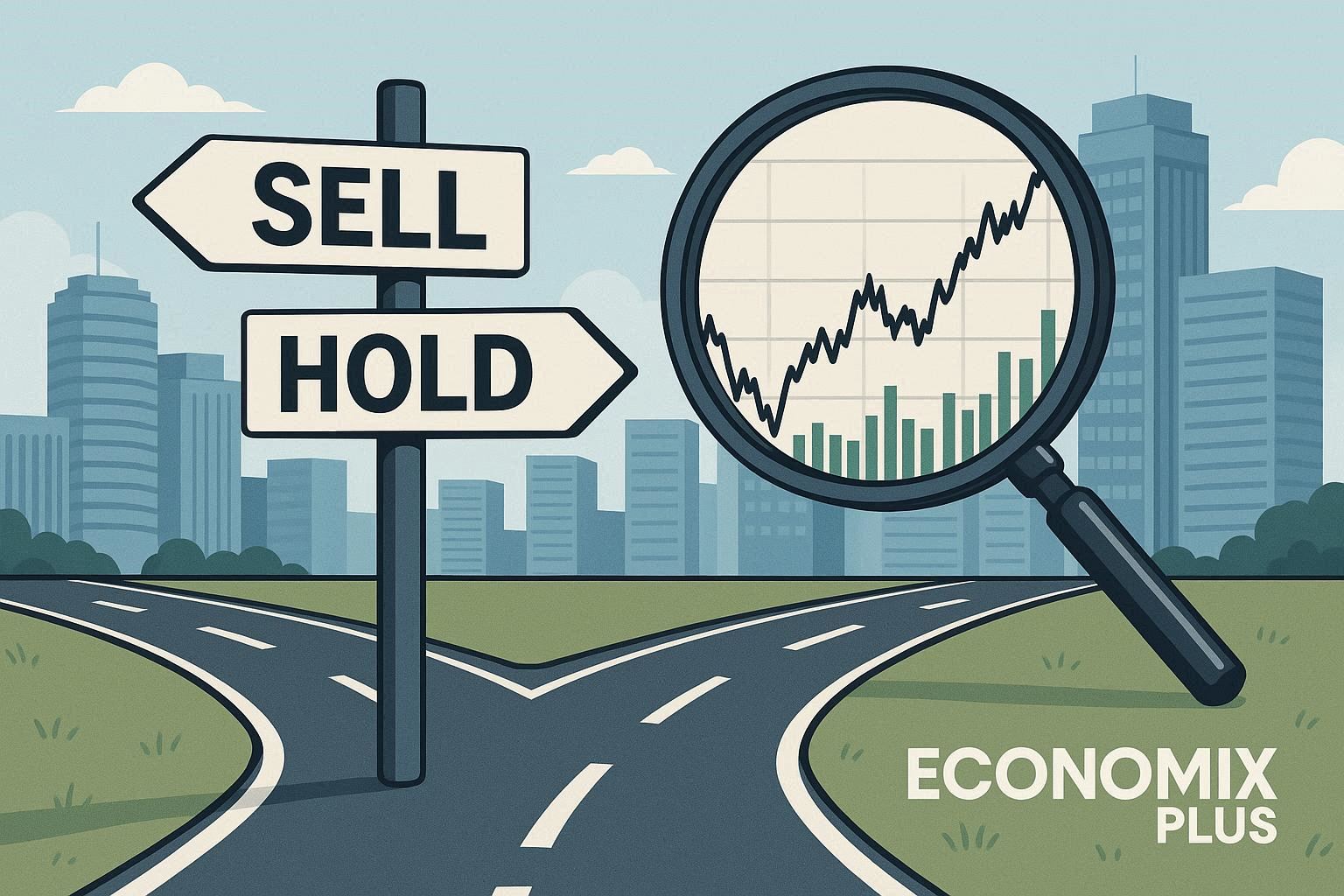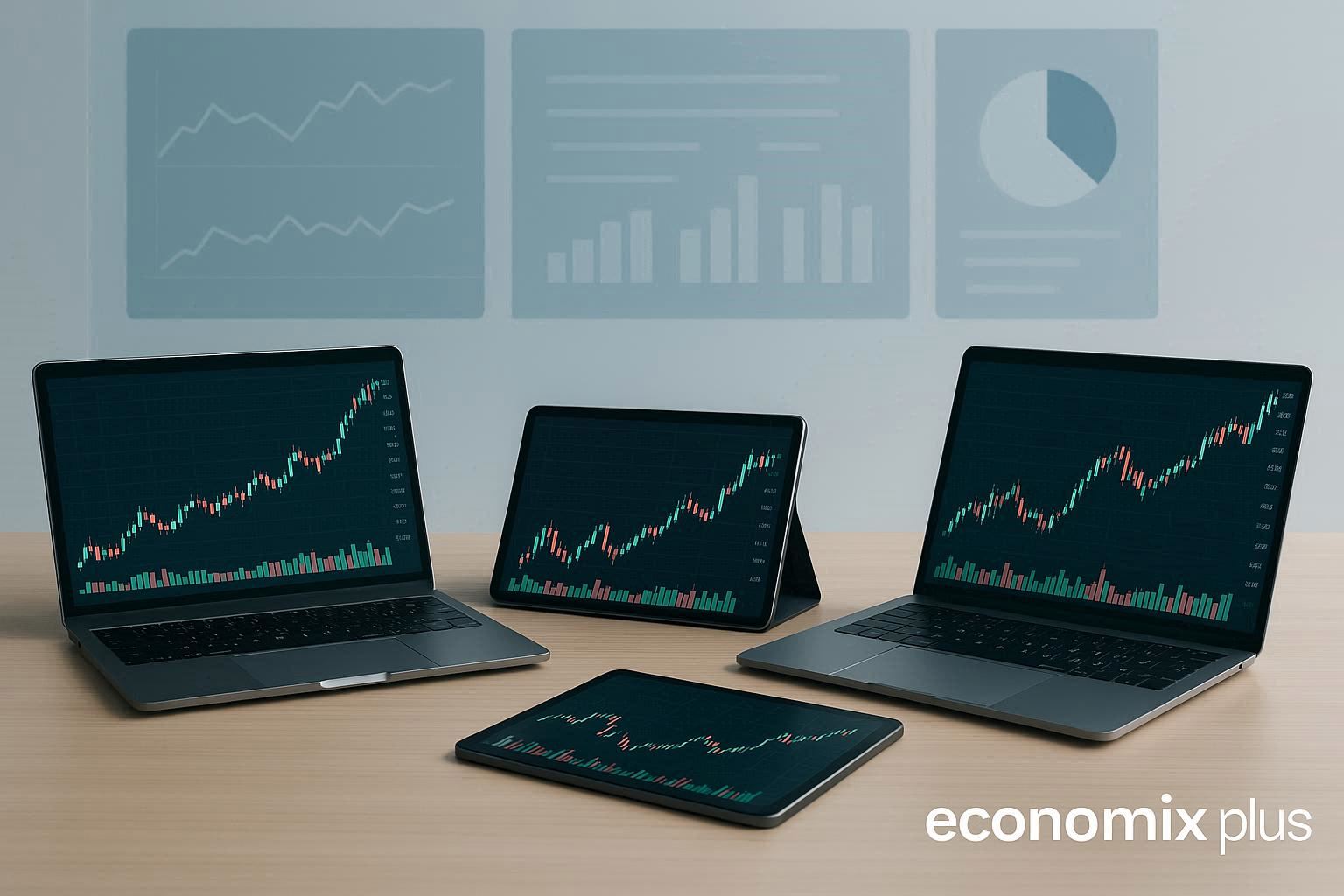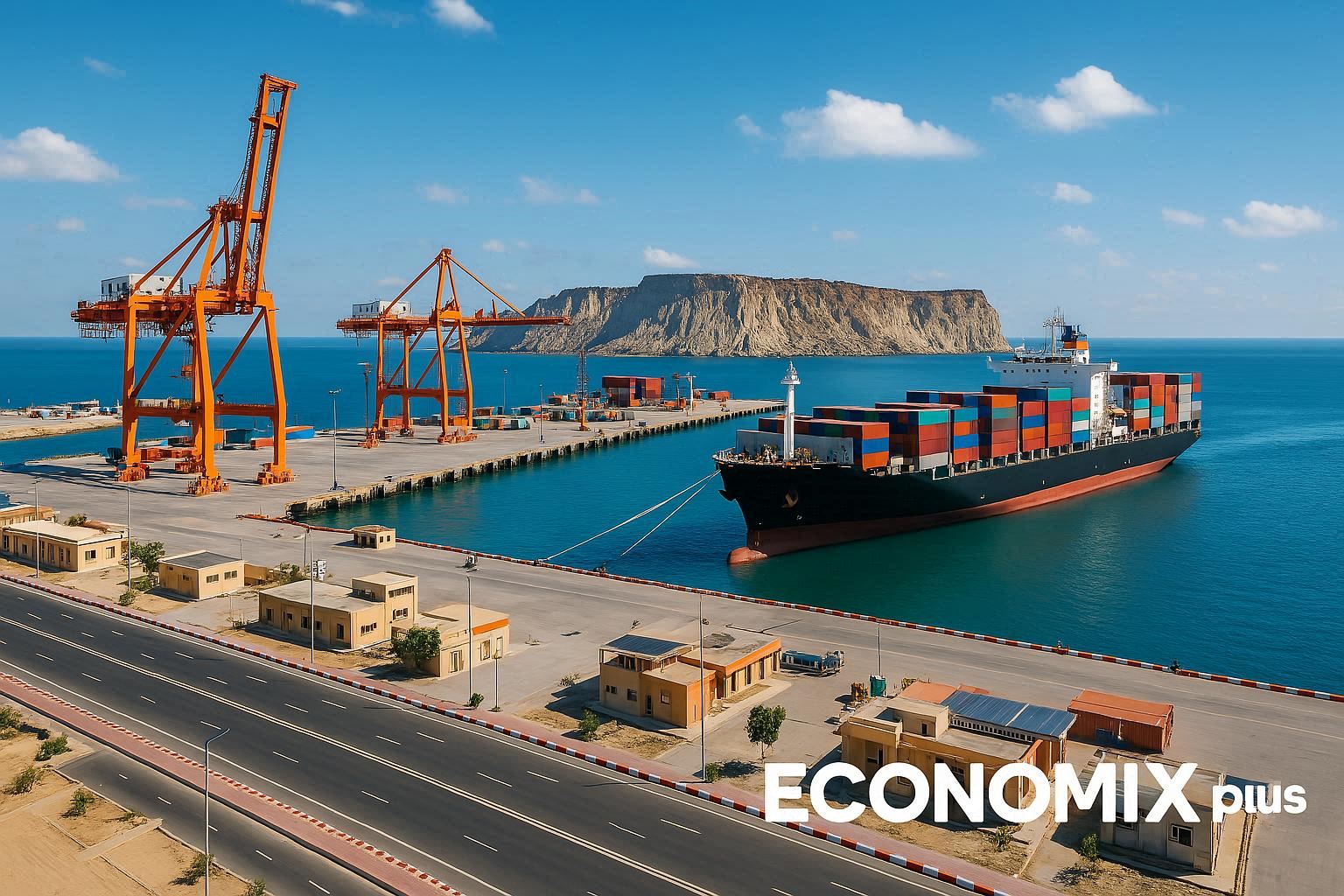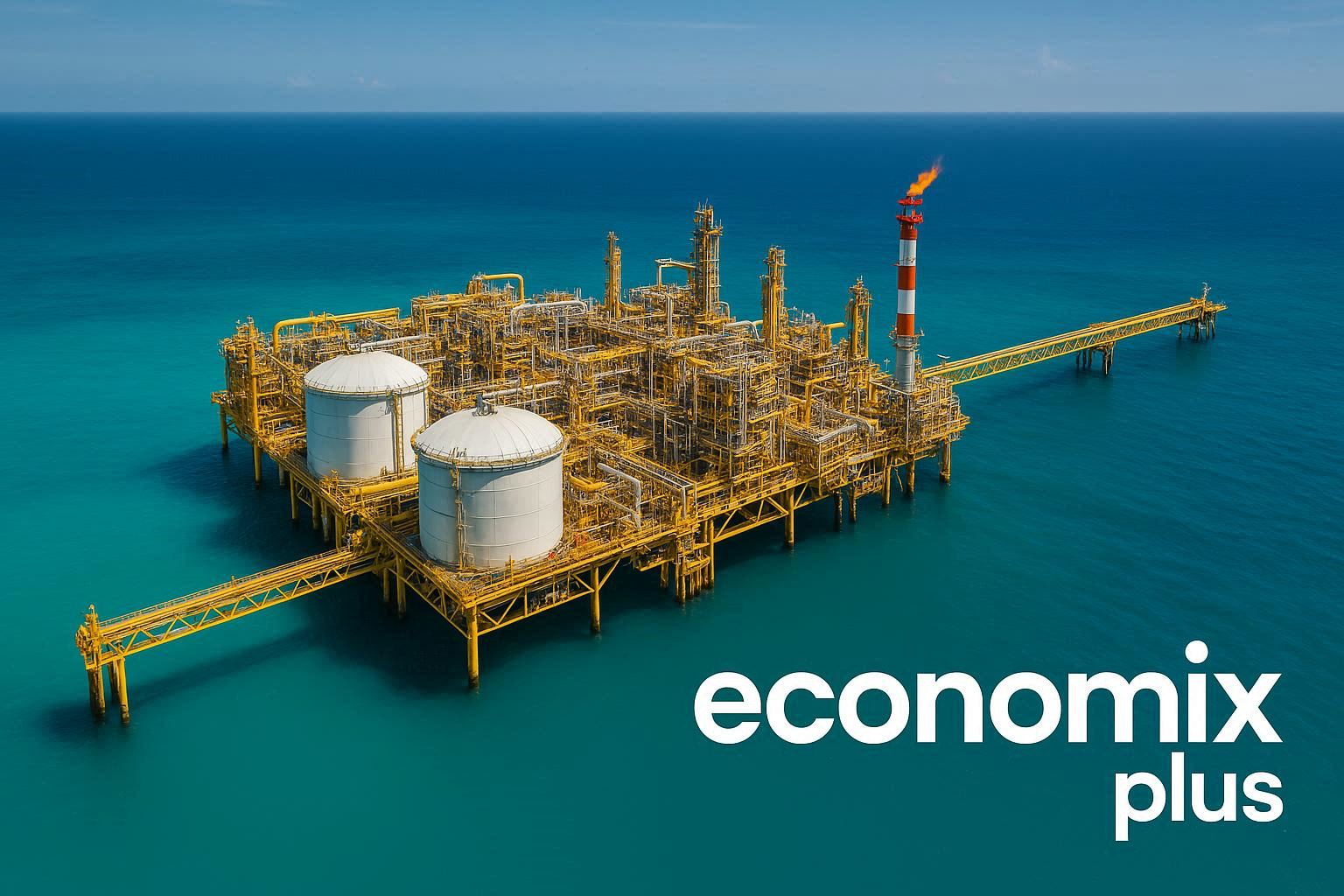What does it take for a small nation to lead the world in renewable energy? Denmark has answered this question by transforming its energy landscape. By 2020, wind and solar power provided 50% of the country’s electricity, a milestone that few nations have achieved. This shift didn’t happen overnight but was the result of decades of strategic planning and innovation.
Denmark’s commitment to clean energy extends beyond wind turbines. Bioenergy, derived from agricultural byproducts, accounts for two-thirds of its renewable energy. The Kriegers Flak offshore wind farm, one of the largest in the world, powers over 600,000 households. This project showcases the country’s ability to harness natural resources effectively.
What sets Denmark apart is its ability to decouple economic growth from energy consumption. Between 1980 and 2009, the economy grew by 80%, while energy use increased by only 13.7%. This achievement highlights the efficiency of its policies and the power of public-private partnerships.
Key Takeaways
- Wind and solar provided 50% of Denmark’s electricity by 2020.
- Bioenergy dominates, making up two-thirds of renewable energy.
- The Kriegers Flak wind farm powers over 600,000 households.
- Economic growth outpaced energy use by a significant margin.
- Policy continuity and long-term R&D drive success.
The Oil Crisis of the 1970s: A Turning Point for Denmark
The 1970s marked a pivotal moment in global energy history. For Denmark, this decade brought challenges that reshaped its approach to energy consumption and production. Prior to 1973, the country relied heavily on imported oil, which accounted for 90% of its energy needs. This dependence left it vulnerable to external shocks.
Denmark’s Dependence on Imported Oil
Before the oil crisis, Denmark’s energy landscape was dominated by fossil fuels. Nearly all of its oil was imported, making it susceptible to price fluctuations and supply disruptions. This reliance on foreign energy sources highlighted the need for a more sustainable strategy.
The Impact of the 1973 Oil Crisis
The 1973 oil crisis was a wake-up call. Prices skyrocketed, and supply shortages created economic and psychological stress. For Denmark, the crisis underscored the risks of energy dependency. It prompted the government to take decisive action to secure its energy future.
Shifting Focus to Renewable Energy
In response, Denmark introduced landmark legislation like the Electricity Supply Act (1977) and the Heat Supply Act (1979). These laws expanded district heating infrastructure, which grew from 30% coverage pre-crisis to 80% by the 1990s. Additionally, the government shifted its focus toward renewable energy R&D, particularly in wind and biogas technologies.
- 90% reliance on imported oil pre-1973 highlighted energy vulnerability.
- The 1973 crisis led to legislative reforms and infrastructure expansion.
- District heating adoption surged, reducing fossil fuel dependence.
- R&D efforts at Risø National Laboratory paved the way for renewable energy innovations.
By the 1980s, Denmark had begun its transition toward a more sustainable energy model. This shift not only reduced emissions but also laid the foundation for its future leadership in renewable energy.
Pioneering Wind Power Technologies
The journey toward renewable energy dominance began with groundbreaking innovations in wind power. Early efforts in the 1970s laid the foundation for what would become a thriving industry in danish energy.
By 1979, the first commercial wind turbine marked the start of a new era in energy production, significantly impacting electricity consumption and paving the way for future generations of wind farms. Today, this transition has transformed onshore wind capabilities into a major contributor to energy generation.
The Emergence of Wind Turbine Industry
Initially, manufacturers of agricultural machinery pivoted to produce wind turbines. This shift was driven by the need for sustainable energy solutions. The development of efficient turbine systems quickly gained momentum, transforming the sector into a global powerhouse.
From Onshore to Offshore Wind Farms
Onshore wind farms were the first to dominate the landscape. However, the transition to offshore wind farms unlocked even greater potential. By 2023, Denmark had 648 offshore turbines, contributing significantly to its renewable energy output. Projects like Horns Reef 3, with a capacity of 407 MW, power over 425,000 homes and increase national wind output by 12%.
Key Players: Vestas and Siemens Gamesa
Vestas and Siemens Gamesa are at the forefront of this transformation. Together, they held 33% of the global turbine market share in 2018. Vestas’ 9.5 MW turbine, with a 164-meter rotor diameter, exemplifies the cutting-edge technology driving the industry. These companies have set benchmarks for innovation and efficiency.
Denmark’s success in wind energy is a testament to its commitment to sustainable development. The country’s ability to transitioned to renewable energy serves as a model for nations worldwide. With continued advancements, the future of wind power looks brighter than ever.
Strategic Investments in Renewable Energy
Strategic investments have played a crucial role in shaping the renewable energy landscape. The government has implemented policies and incentives to drive the transition to cleaner sources. These efforts have not only reduced consumption but also boosted energy efficiency across the country.
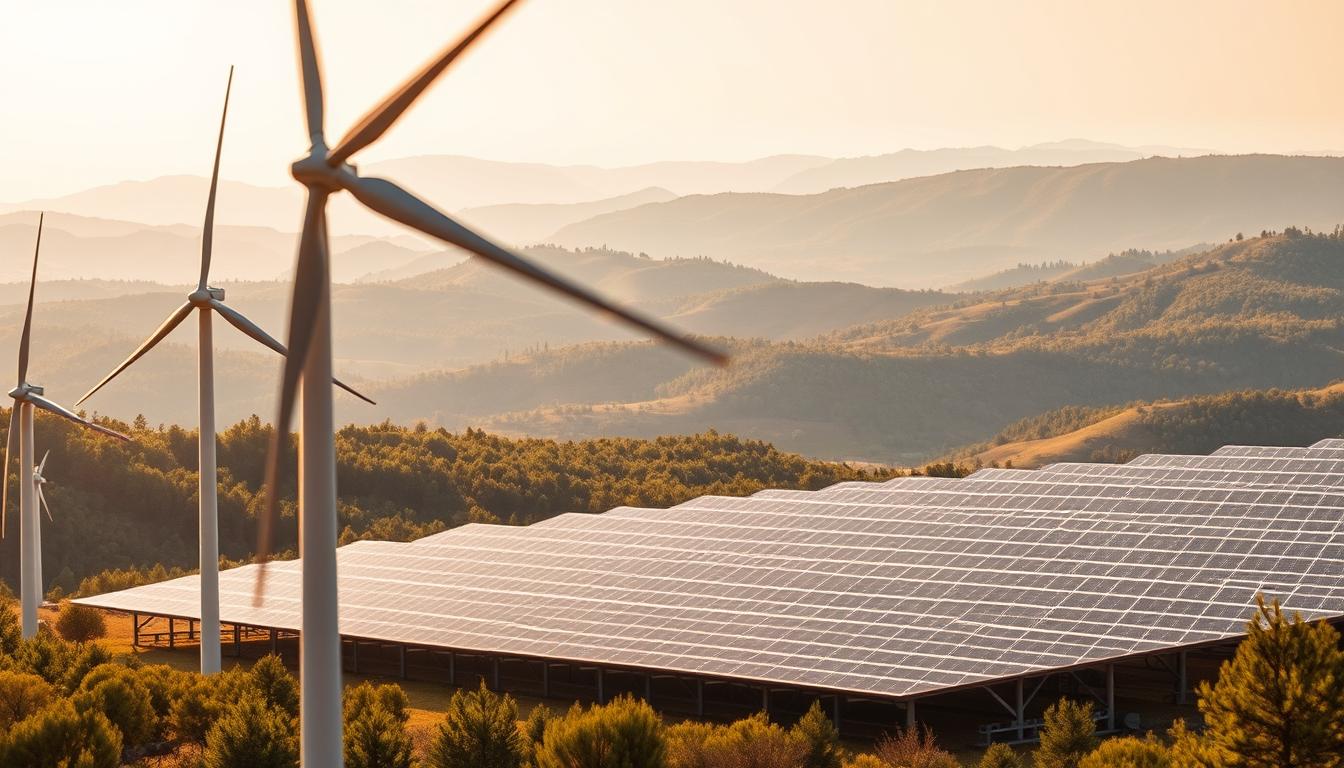
Government Policies and Energy Planning
Bipartisan energy agreements have ensured policy continuity since the 1970s. These agreements have provided a stable framework for long-term development. High energy taxes on fossil fuels have funded renewable infrastructure, encouraging the growth of wind and solar plants.
Funding and Incentives for Wind Energy
Tax strategies have been instrumental in supporting renewable energy projects. Levies on fossil fuels have been redirected to finance wind generation and other clean energy initiatives. This approach has made electricity production more sustainable and cost-effective.
Expansion of District Heating Systems
District heating has become a cornerstone of energy efficiency. Over 50% of these systems are now fueled by renewables and biomass. Building insulation campaigns and energy certification mandates introduced in 1997 have further enhanced the system‘s effectiveness.
Waste-to-energy transitions have also been significant. In 2021, 68% of household waste was recycled, reducing incineration rates to 27%. Despite challenges in the transport sector, 64% of Copenhagen residents bike to work or school, showcasing a commitment to sustainable living.
Denmark’s Transition to a Renewable Energy Leader
The shift toward sustainable energy has redefined economic and environmental strategies. By focusing on renewable energy, the country has achieved remarkable milestones in balancing growth and efficiency. This transformation highlights the importance of innovation and long-term planning.
Decoupling Economic Growth from Energy Consumption
Between 1980 and 2009, the economy grew by 80%, while energy use increased by only 13.7%. This decoupling demonstrates the effectiveness of policies aimed at reducing consumption and improving energy efficiency. Strategic investments in renewable infrastructure have played a key role in this success.
Role of Bioenergy and Solar Power
Bioenergy, derived from agricultural byproducts like manure and straw, provides 27% of district heating. Solar power, though smaller in scale, complements this mix. Together, these energy sources contribute to a diversified and resilient energy system.
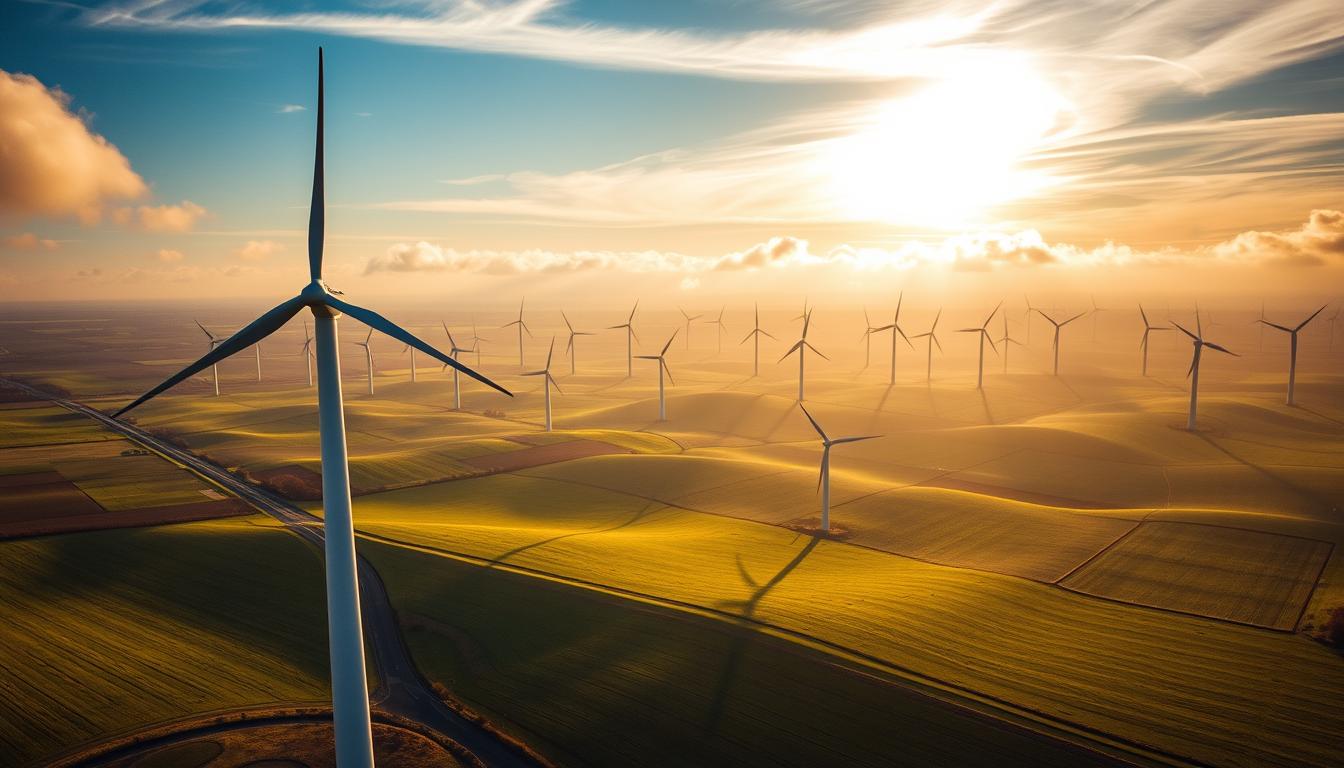
Achieving 50% Wind and Solar Electricity
By 2020, wind and solar accounted for half of the country’s electricity generation. Offshore wind farms, like Horns Reef 3, have significantly boosted capacity. The 2023 milestone of an 88% renewable electricity mix underscores the nation’s commitment to clean energy.
| Energy Source | Contribution (2023) |
|---|---|
| Wind | 46.8% |
| Bioenergy | 27% |
| Solar | 4.2% |
| Geothermal | 1.5% |
Looking ahead, the Climate Act targets a 70% emissions cut by 2030 and neutrality by 2050. These goals reflect the nation’s ambition to remain a global leader in sustainable energy solutions.
Global Impact and Export of Wind Technology
Denmark’s advancements in wind energy have set a global benchmark for sustainable development. The nation’s expertise in this field has influenced energy strategies worldwide, making it a world leader in renewable energy technology. Through exports and collaborations, the country has shared its innovations, helping other nations transition to cleaner energy sources.
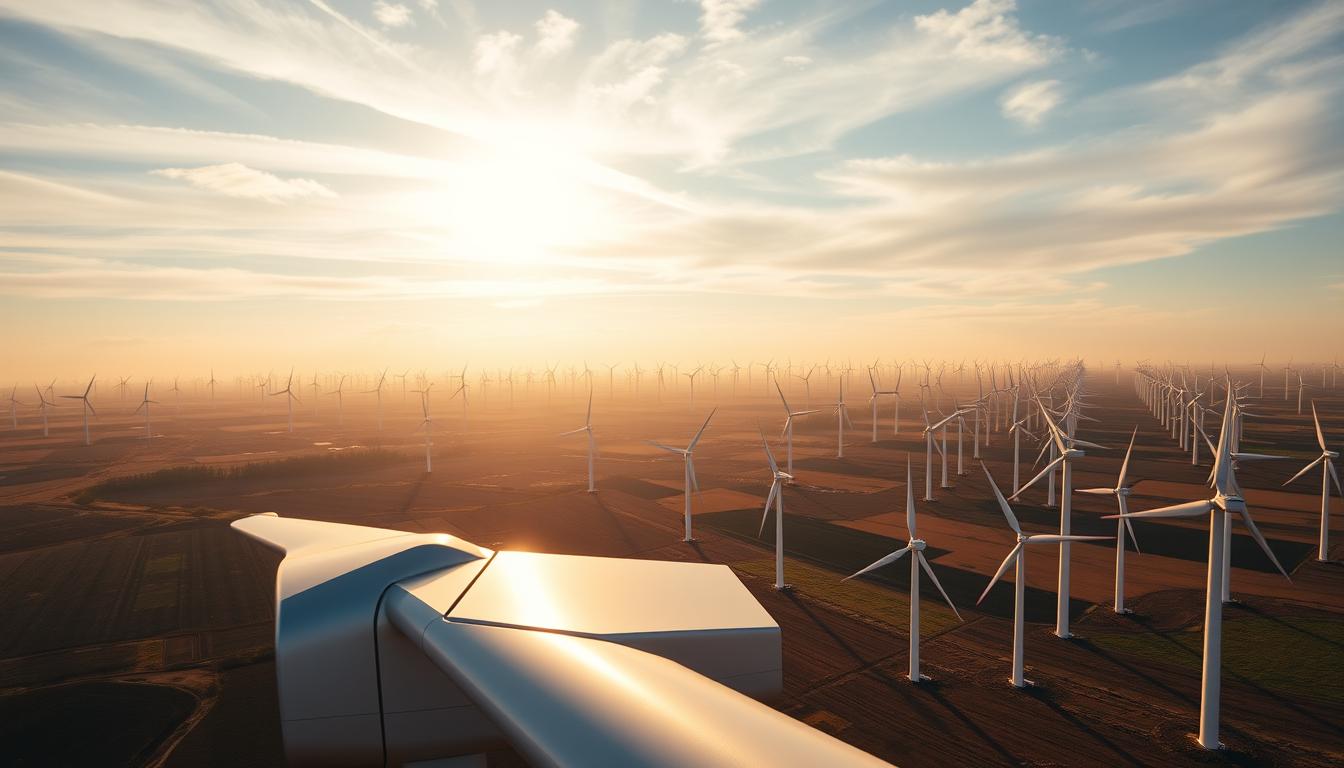
Denmark’s Influence on Global Wind Energy
The success of Danish wind energy has inspired many countries to adopt similar strategies. With a 33% global turbine market share, companies like Vestas and Siemens Gamesa have become household names in the industry. Their cutting-edge technology has set new standards for efficiency and reliability.
Denmark’s commitment to research development has also played a crucial role. The country’s focus on innovation has led to breakthroughs like the 9.5 MW turbine, the world’s most powerful serially-produced model. These advancements have solidified its position as a world leader in wind energy.
Exporting Wind Turbines and Expertise
Danish wind turbines are now a common sight in many parts of the world. The Danish company Vestas, in collaboration with Mitsubishi Heavy Industries, has exported offshore technology to Japan and Europe. These projects showcase the scalability and adaptability of Danish solutions.
In addition to hardware, Denmark exports its expertise. Training programs and knowledge-sharing initiatives have helped other countries build their own renewable energy infrastructure. This approach has fostered global collaborations and accelerated the adoption of wind power.
Collaborations and Joint Ventures
Partnerships have been key to Denmark’s global impact. The MHI Vestas joint venture is a prime example, producing turbines that power thousands of homes worldwide. EU-funded projects like Kriegers Flak have also strengthened regional ties, particularly in the Baltic region.
Denmark’s policies have inspired nations like Estonia, which aims for 100% renewable electricity by 2030. These collaborations highlight the importance of shared goals and collective action in addressing climate change.
Conclusion: Lessons from Denmark’s Wind Energy Success
Denmark’s journey to becoming a world leader in renewable energy offers valuable insights. Bipartisan policies, consistent R&D investment, and public trust have been key drivers of this transition. Projects like the 407 MW Horns Reef 3 highlight the nation’s commitment to innovation and efficiency.
However, reliance on biomass has drawn criticism from the Climate Change Performance Index. To further stabilize the grid, adopting electric vehicles could be a game-changer. Strategies like district heating and high energy taxes are replicable models for other nations.
Looking ahead, Denmark plans to lead through energy islands and green hydrogen development. By 2024, wind electricity accounted for 46.8%, even as oil and gas production phased out. This progress underscores the importance of long-term planning and collaboration in achieving sustainable energy goals.
